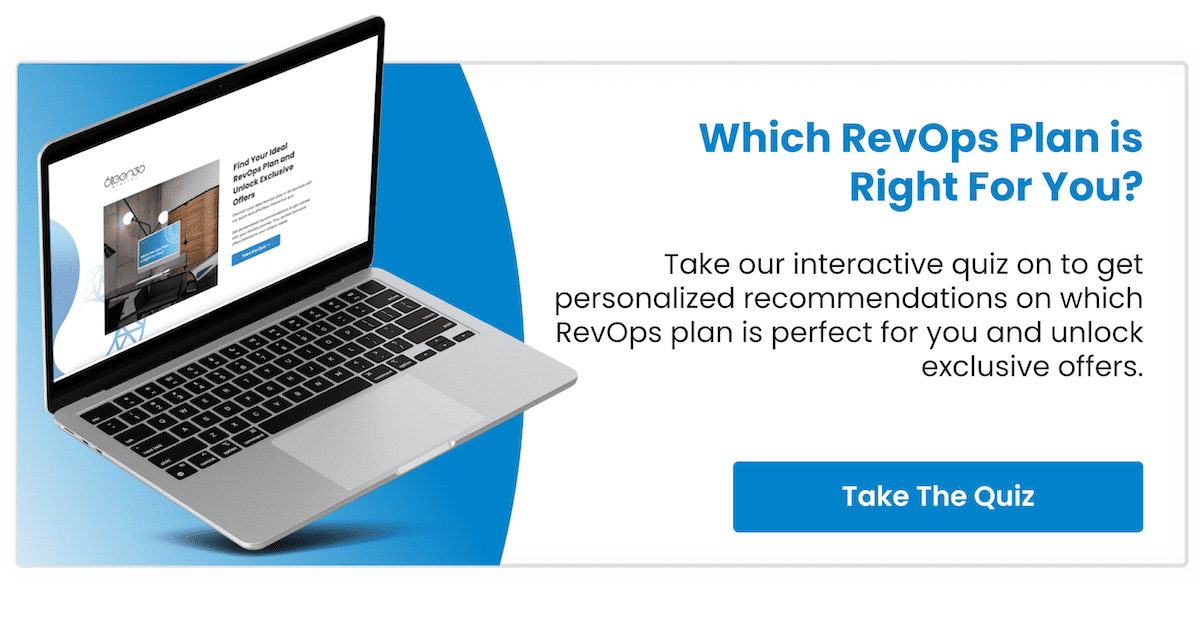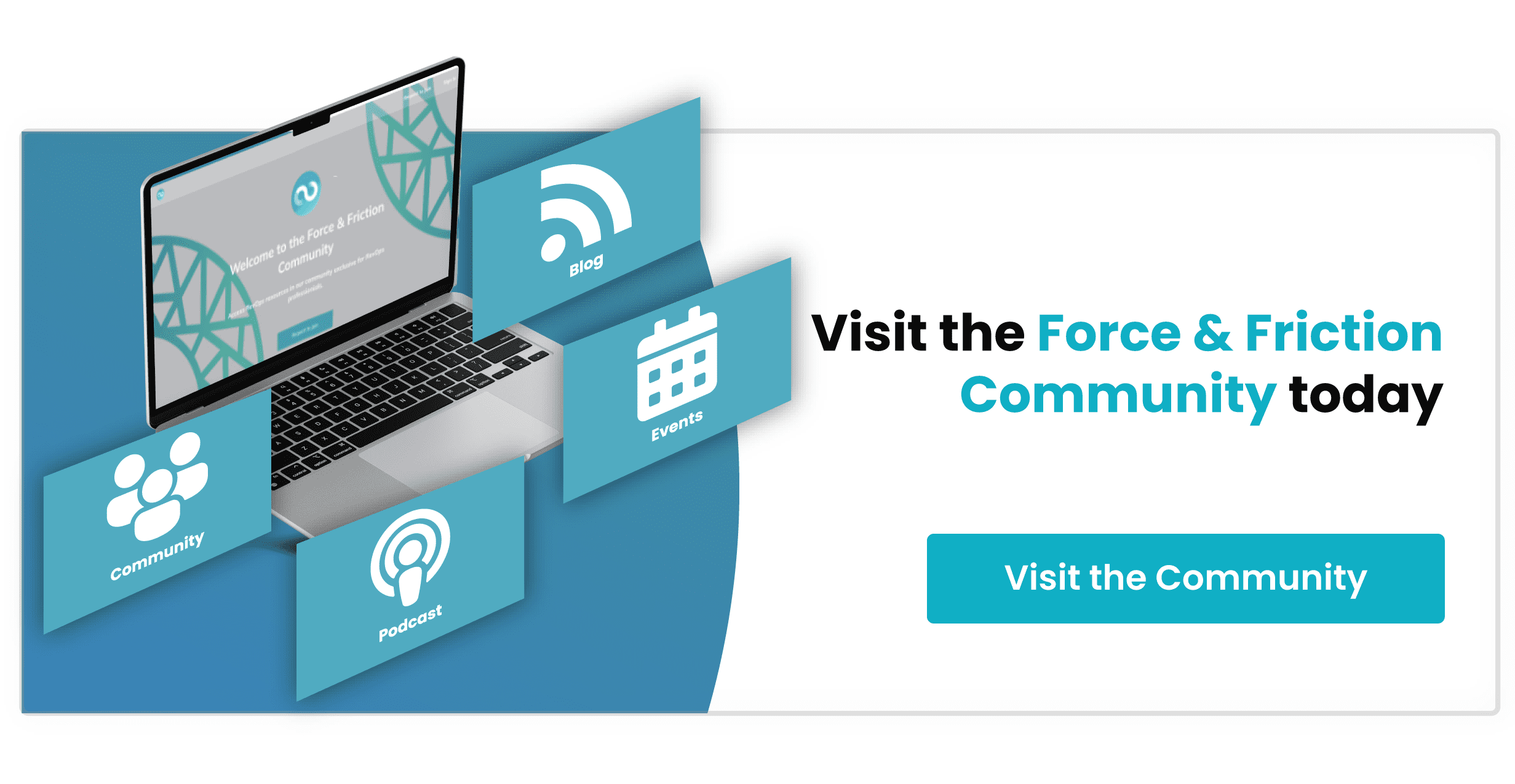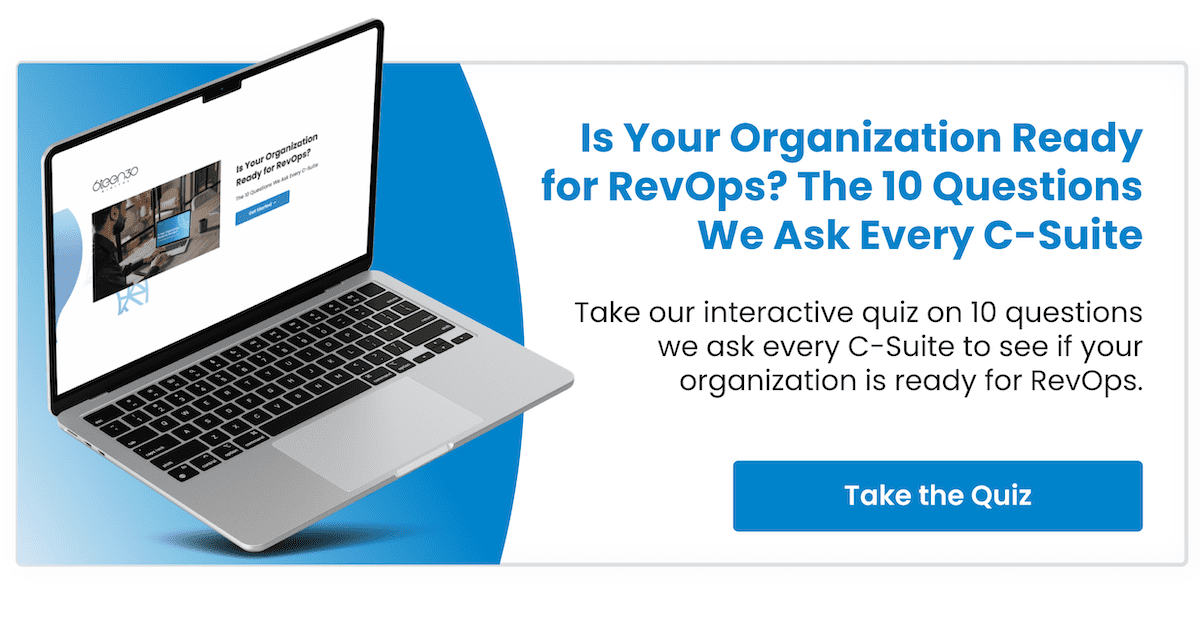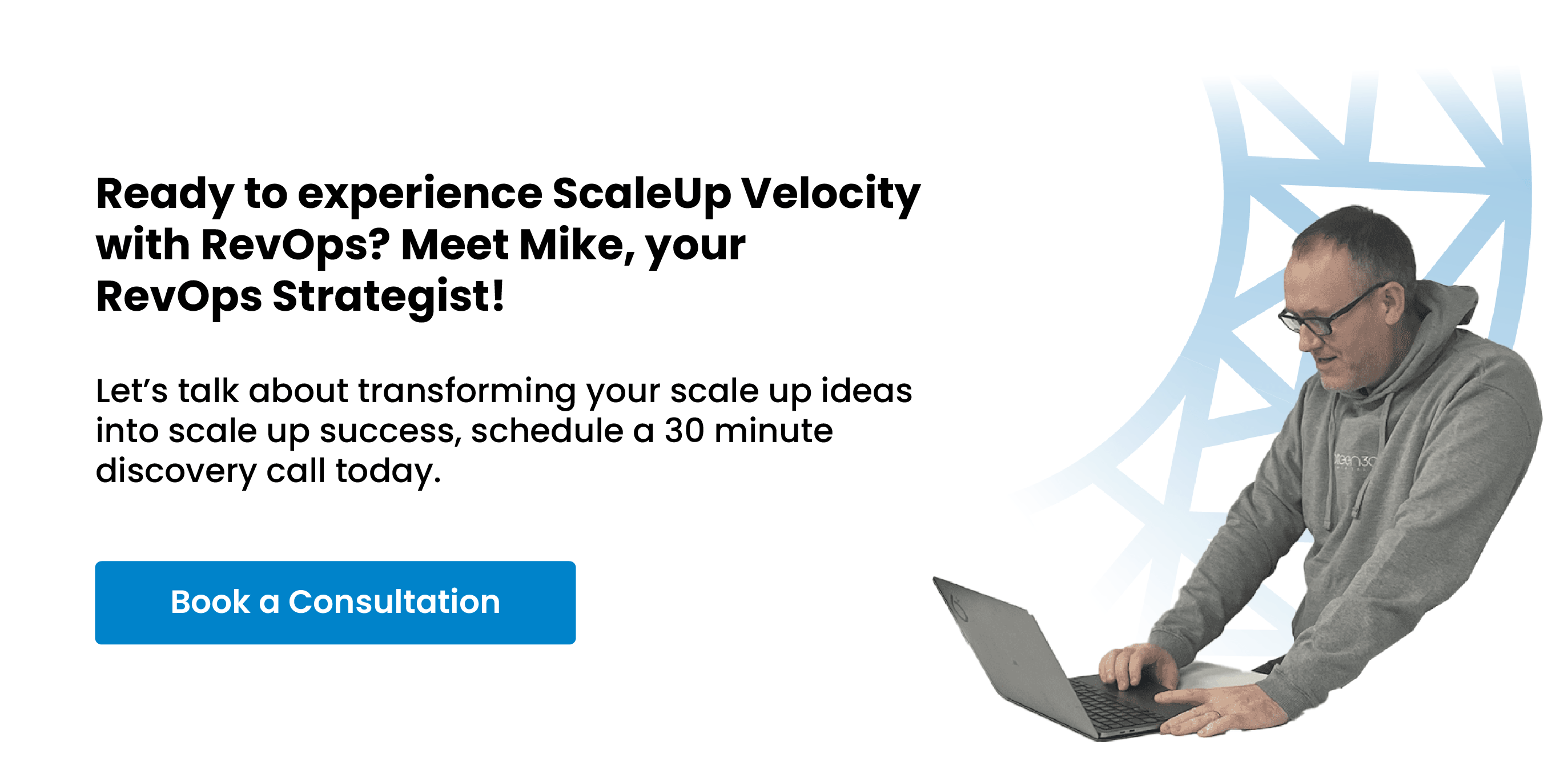
Demystifying RevOps: A Comprehensive Guide to Understanding its Core Principles | #RevOpsLife
Introduction
As businesses navigate today's economic opportunities and challenges - the blurred lines between the two are becoming almost invisible to the point that even AI can't determine the difference; as a result, there's a growing recognition that the old ways (and I mean 2022 here) of doing things aren't enough.
The need for evolution has given rise to a strategic approach known as Revenue Operations; However, not a new approach; here at 6teen30 Digital, we have been in RevOps since 2012 and as a full-time business model focus since 2016.
Despite the growing buzz around RevOps, many still find it a somewhat abstract concept, confusing. Unfortunately, people are turning away from the tremendous opportunities it can deliver for the right-minded, proactive, strategic-thinking C Suites.
To the point, it is our responsibility to demystify RevOps to ensure that many C-Suites can leverage their full potential. As an organization, we have witnessed the power of RevOps, and we aim in the article to shed light on its core principles and why they matter in today's business landscape.
The Genesis of RevOps
Starting as a fundamental point of view, the RevOps concept emerged as a response to the siloed operational structures prevalent in many businesses; traditionally, marketing, sales, and customer service departments function independently and underperform against potential, each with their strategies, objectives, and data sets.
This lack of alignment can create inefficiencies, inconsistencies, and a fragmented customer journey amplifying the argument when mixed with your people, systems, and tech stacks.
RevOps is about breaking down these silos and aligning all revenue-generating functions under a unified operational strategy.
It's a holistic approach that requires commitment from the C Suite (top-down adoption) and implementation by middle management and your team (Bottom-up adoption) that aims to optimize the full customer lifecycle, from the initial awareness stage to purchase and beyond, ensuring a seamless customer experience that drives revenue growth.
Core Principles of RevOps
To fully understand RevOps, we need to delve into its core principles:
1. Alignment Across Departments:
The first principle of RevOps is aligning all revenue-focused departments - marketing, sales, and customer success - towards common goals. This involves aligning strategies and objectives, processes, data, and tools.
- Shared Goals: If you are a tech company and observed that your Sales and Marketing teams often work at cross purposes due to different KPIs. By implementing a RevOps strategy, you can define shared goals and KPIs, leading to improved collaboration and overall performance.
- Unified Tools: Equally if you use different tools in each department, resulting in disjointed workflows and data. With RevOps, you can adopt a unified CRM system, allowing seamless collaboration and data sharing across teams.
- Integrated Processes: Completing the first stage, focusing on your customer support and marketing teams operating independently, creates consistency in customer communication. By implementing RevOps, you can integrate your processes, ensuring consistent, coordinated messaging.
2. Customer Centricity:
RevOps is all about enhancing the customer journey. RevOps aims to improve customer satisfaction, foster loyalty, and ultimately increase customer lifetime value by ensuring consistency across all touchpoints.
- Personalized Marketing: RevOps helps to align your customer data across departments, allowing you to create more personalized marketing campaigns and improving customer engagement and conversion rates.
- Consistent Support: Adopting RevOps ensures that all customer-facing teams have a unified view of customer interactions leading to more consistent, practical customer support and boosting customer satisfaction.
- Seamless Journey: RevOps models help to align your marketing, sales, and customer success departments, creating a more seamless customer journey from initial contact to onboarding and beyond, thereby improving customer retention.

3. Data-Driven Decision Making:
Under a RevOps model, data is unified across departments, providing a holistic view of the customer journey and business performance. This facilitates data-driven decision-making, enhancing efficiency and effectiveness, and by utilizing the HubSpot CRM Suite; you can achieve one source of data truth.
- Improved Forecasting: Adopting an integrated dataset that RevOps provides to improve your sales forecasting leads to better inventory management and reduced costs.
- Customer Insights: By leveraging RevOps to gather and analyze data from all customer interactions, providing valuable insights into customer behavior and preferences, you can guide your marketing strategy to new heights focused around the client.
- Performance Metrics: RevOps helps you gather unified performance data, allowing you to evaluate your business performance more and adjust strategies accordingly.
4. Operational Efficiency:
RevOps seeks to streamline operations, eliminating inefficiencies and redundancies. This involves optimizing processes, automating manual tasks, and leveraging technology to enhance productivity.
Don't just think it's about sales and marketing alignment; process mapping is a HUGE element of RevOps and building a delightful customer experience that your team can actually buy into with repeatable processes.
- Process Automation: Get it right offline before automating online; use tools to process maps like Lucid charts; then, when you implement a RevOps model and automate several manual tasks, the results will be significant in time and cost savings.
- Resource Optimization: Leveraging RevOps to identify inefficiencies in your project management allows you to reallocate resources and streamline processes, improving productivity and reducing project delivery times.
- Eliminating Redundancy: If you notice duplicate efforts across your teams, this leads to wasted resources. RevOps helps you identify these redundancies and create a more efficient workflow, saving you both time and money.
5. Continuous Improvement:
RevOps is not a one-time effort but an ongoing learning and improvement process. By continuously analyzing performance data, RevOps facilitates a culture of continuous improvement, fostering innovation and agility from the C Suite down.
- Performance Analysis: When you adopt a RevOps model and implement regular performance reviews using unified data. This will facilitate continuous improvement, enabling you to adjust strategies and improve results over time.
- Feedback Loops: By utilizing RevOps to establish feedback loops across all of your departments, ensures that insights and learnings are shared, promoting ongoing learning and innovation.
- Adapting to Change: Continuous improvement principles of RevOps help you to quickly adapt your strategies in response to market changes, ensuring they remain competitive even in the most rapidly evolving niches.

Why Should Businesses Care About RevOps?
Understanding the core principles of RevOps is only half the equation. As a leader in your C-suite, you also need to recognize why these principles matter.
Simply put, RevOps has the potential to drive significant improvements in business performance, and it allows you to start to future-proof (somewhat) in a rapidly evolving marketplace.
C Suites aligning departments with RevOps benefit from a unified approach to achieving business goals, enhancing collaboration, and reducing internal friction.
However, you absolutely must be committed to being a customer-centric organization, one that is dedicated to improving customer experiences and driving satisfaction and loyalty.
Data-driven decision-making enables and assists you in making informed strategic decisions, optimizing resources, and boosting results.
Operational efficiency cuts costs and accelerates processes repaying the strategic time several times over.
Finally, C Suites, who commit to continuous improvement, ensure their businesses remain agile, adaptable, and competitive.
Conclusion
RevOps is more than just a buzzword. It's a strategic approach that addresses the challenges of modern business operations, driving revenue growth, and enhancing customer satisfaction. It removes you and your team from the blind tactical approach, remember, you cant scale tactically, and strategy precedes everything.









%20-%20Teal.png?width=500&height=130&name=Force%20%26%20Friction%20-%20Branding%20-%20Logo%20(White)%20-%20Teal.png)